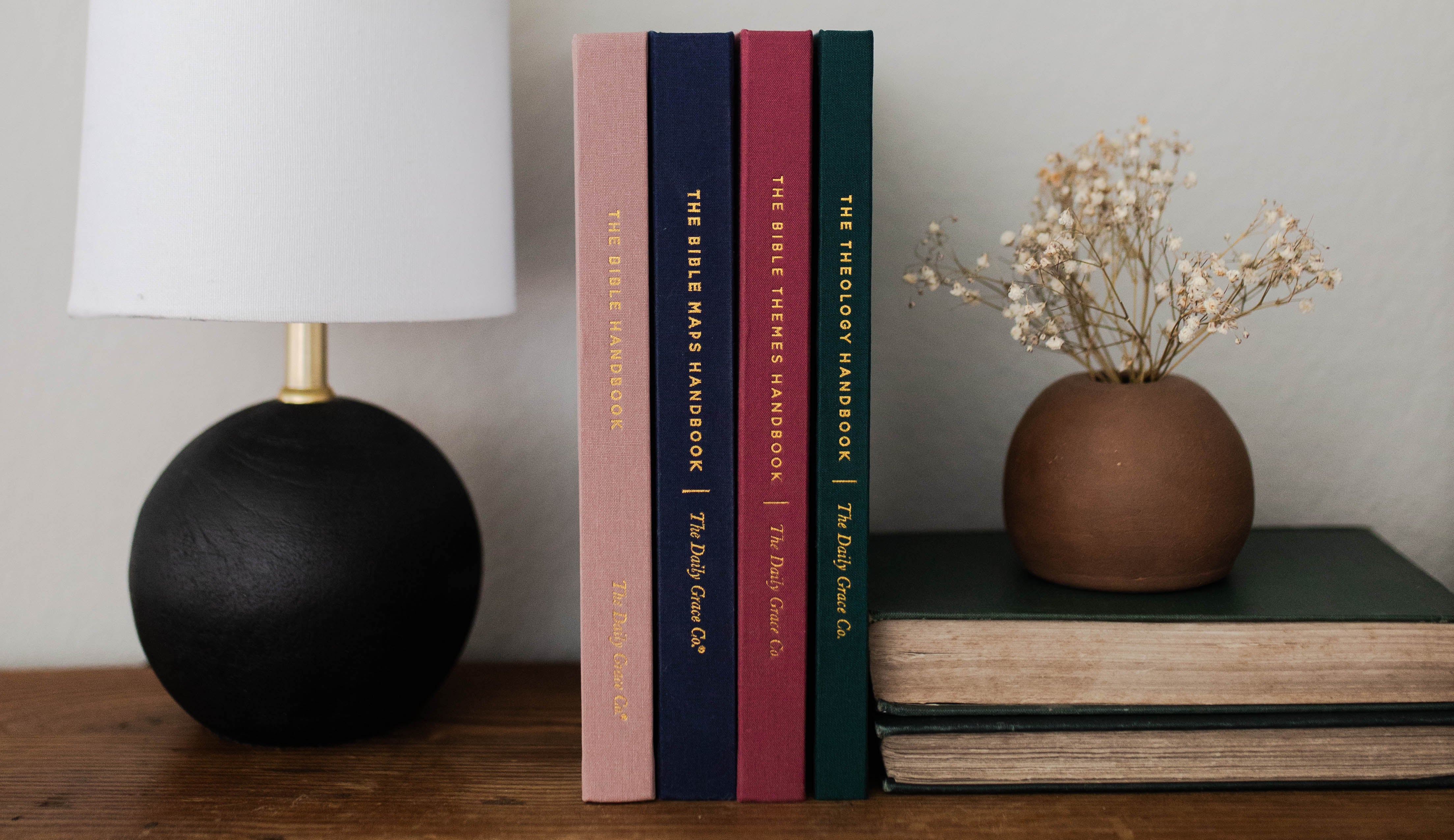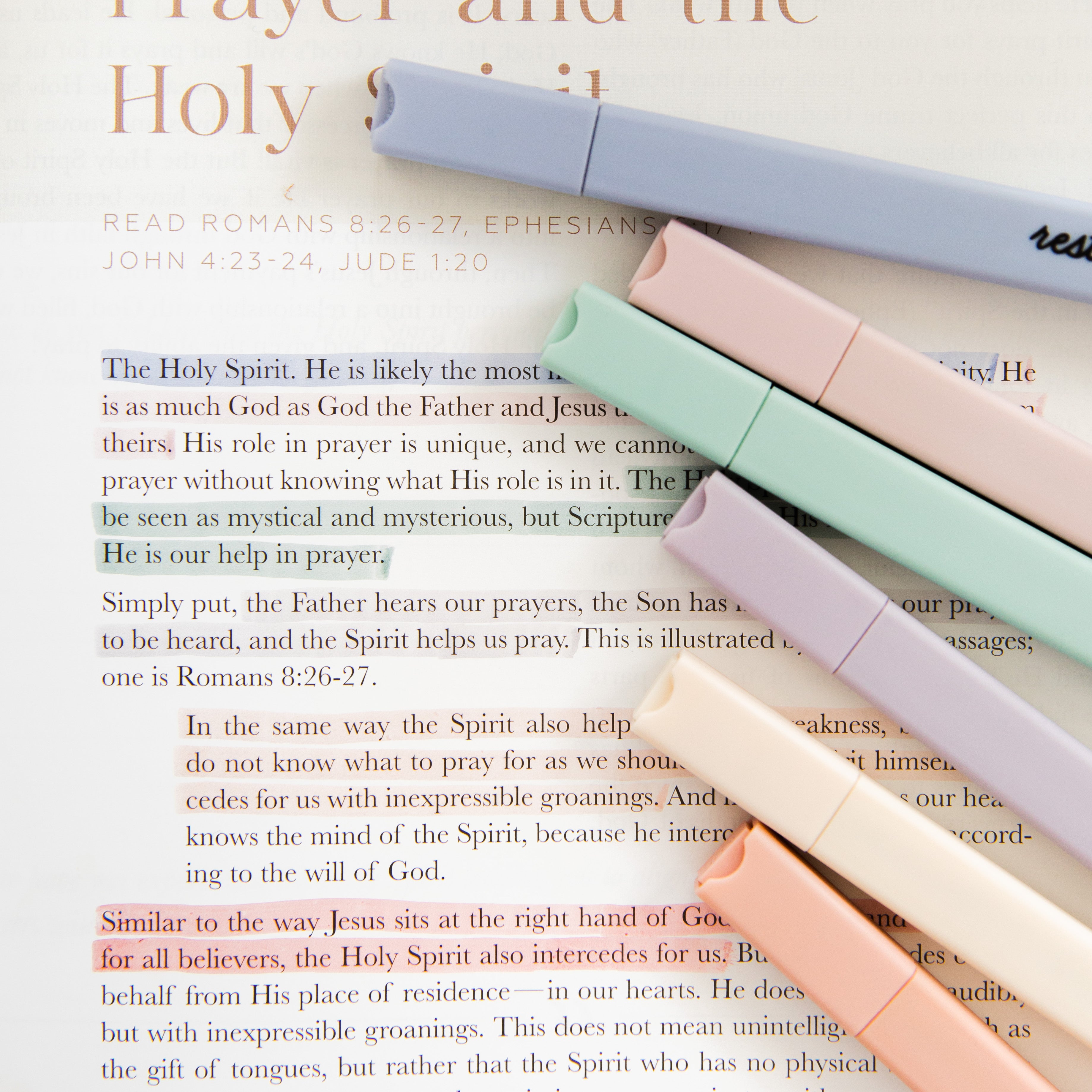Shop ·
Bible Study Tools: Grace in the Wilderness
 What would you think of if I asked you to explain who the Apostle Peter was? Maybe you would remember him as the disciple who walked on water, if only for a short time before his faith dried-up. Or you could think of the time he denied that he knew Jesus prior to the Christ's crucifixion. Perhaps you might remember him as the man who cut off the ear of a solider in the garden of Gethsemane. You might remember that he was the "rock" upon which Christ commissioned his church. You might remember his tenacity, his hubris, his passion, and impulsivity.
Peter was one of the three disciples who was closest to Jesus, he ran to the tomb when he heard of the resurrection, and he was a dedicated missionary after the ascension of Christ. Toward the end of his life when Nero was emperor of Rome, Peter wrote two letters that we have today. 1 Peter in particular is a letter brimmed with the hope of the Gospel and the inheritance that we are granted through Christ.
What would you think of if I asked you to explain who the Apostle Peter was? Maybe you would remember him as the disciple who walked on water, if only for a short time before his faith dried-up. Or you could think of the time he denied that he knew Jesus prior to the Christ's crucifixion. Perhaps you might remember him as the man who cut off the ear of a solider in the garden of Gethsemane. You might remember that he was the "rock" upon which Christ commissioned his church. You might remember his tenacity, his hubris, his passion, and impulsivity.
Peter was one of the three disciples who was closest to Jesus, he ran to the tomb when he heard of the resurrection, and he was a dedicated missionary after the ascension of Christ. Toward the end of his life when Nero was emperor of Rome, Peter wrote two letters that we have today. 1 Peter in particular is a letter brimmed with the hope of the Gospel and the inheritance that we are granted through Christ.
 Peter writes to discouraged believers who were exiled amid dramatic persecution in Rome. These believers had lost their homes and livelihoods, and arrived in foreign lands that were likely persecuting them, too. Amid all of this, Peter calls upon these believers to look forward with hope, knowing that we will one day receive our inheritance in the Kingdom of God and suffering will dissolve. In the mean time, he exhorts them to cling to the Gospel, remember the sympathetic sufferings of Jesus, and live a life that is worthy of the Gospel call.
1 Peter is important for us today because it compels us to live with hope. We relate to the audience of 1 Peter; we too are exiles, living in a world that we don't belong in. We relate that the Christian life comes with suffering. We relate with the necessity of clinging to the hope of the Gospel. As surely as Peter's words were intended for Christians 2,000 some-odd years ago, he intends them for us, too.
Peter writes to discouraged believers who were exiled amid dramatic persecution in Rome. These believers had lost their homes and livelihoods, and arrived in foreign lands that were likely persecuting them, too. Amid all of this, Peter calls upon these believers to look forward with hope, knowing that we will one day receive our inheritance in the Kingdom of God and suffering will dissolve. In the mean time, he exhorts them to cling to the Gospel, remember the sympathetic sufferings of Jesus, and live a life that is worthy of the Gospel call.
1 Peter is important for us today because it compels us to live with hope. We relate to the audience of 1 Peter; we too are exiles, living in a world that we don't belong in. We relate that the Christian life comes with suffering. We relate with the necessity of clinging to the hope of the Gospel. As surely as Peter's words were intended for Christians 2,000 some-odd years ago, he intends them for us, too.
 In the Study
Grace in the Wilderness is a five week study. Each daily reading includes a passage to read, a commentary, and daily reflection questions to help you critically think about the passage. At the end of each 5-day study-week, there are a series of 6 reflection questions, aimed at helping you to digest the reading for that particular week and engage with what you have learning. In addition, there are several visual study helps at the end of the book:
Timeline of Events:
This is a visual aid that outlines major events surrounding the writing of 1 Peter, from AD 30 through AD 313.
The Exiles' Dispersion:
This map helps the reader to visually understand the area in which the exiles were dispersed.
Exiles in Scripture:
This short reading is aimed at tracing the theme of "exile" through out Scripture, showing how the theme impacts the reading of 1 Peter.
1 Peter Old Testament Cross References:
This chart details themes and words that Peter uses in his letter that are heavily impacted by and understanding of the Old Testament, each word includes a reference in the Old Testament.
Key Passages with Peter
This visual guide details Peter's life throughout his ministry with Jesus throughout the Gospels and the book of Acts, helping the reader to ascertain a biography of the man who wrote this letter.
In the Study
Grace in the Wilderness is a five week study. Each daily reading includes a passage to read, a commentary, and daily reflection questions to help you critically think about the passage. At the end of each 5-day study-week, there are a series of 6 reflection questions, aimed at helping you to digest the reading for that particular week and engage with what you have learning. In addition, there are several visual study helps at the end of the book:
Timeline of Events:
This is a visual aid that outlines major events surrounding the writing of 1 Peter, from AD 30 through AD 313.
The Exiles' Dispersion:
This map helps the reader to visually understand the area in which the exiles were dispersed.
Exiles in Scripture:
This short reading is aimed at tracing the theme of "exile" through out Scripture, showing how the theme impacts the reading of 1 Peter.
1 Peter Old Testament Cross References:
This chart details themes and words that Peter uses in his letter that are heavily impacted by and understanding of the Old Testament, each word includes a reference in the Old Testament.
Key Passages with Peter
This visual guide details Peter's life throughout his ministry with Jesus throughout the Gospels and the book of Acts, helping the reader to ascertain a biography of the man who wrote this letter.
 Sarah Morrison is a staff writer for The Daily Grace Co.
Sarah Morrison is a staff writer for The Daily Grace Co.









